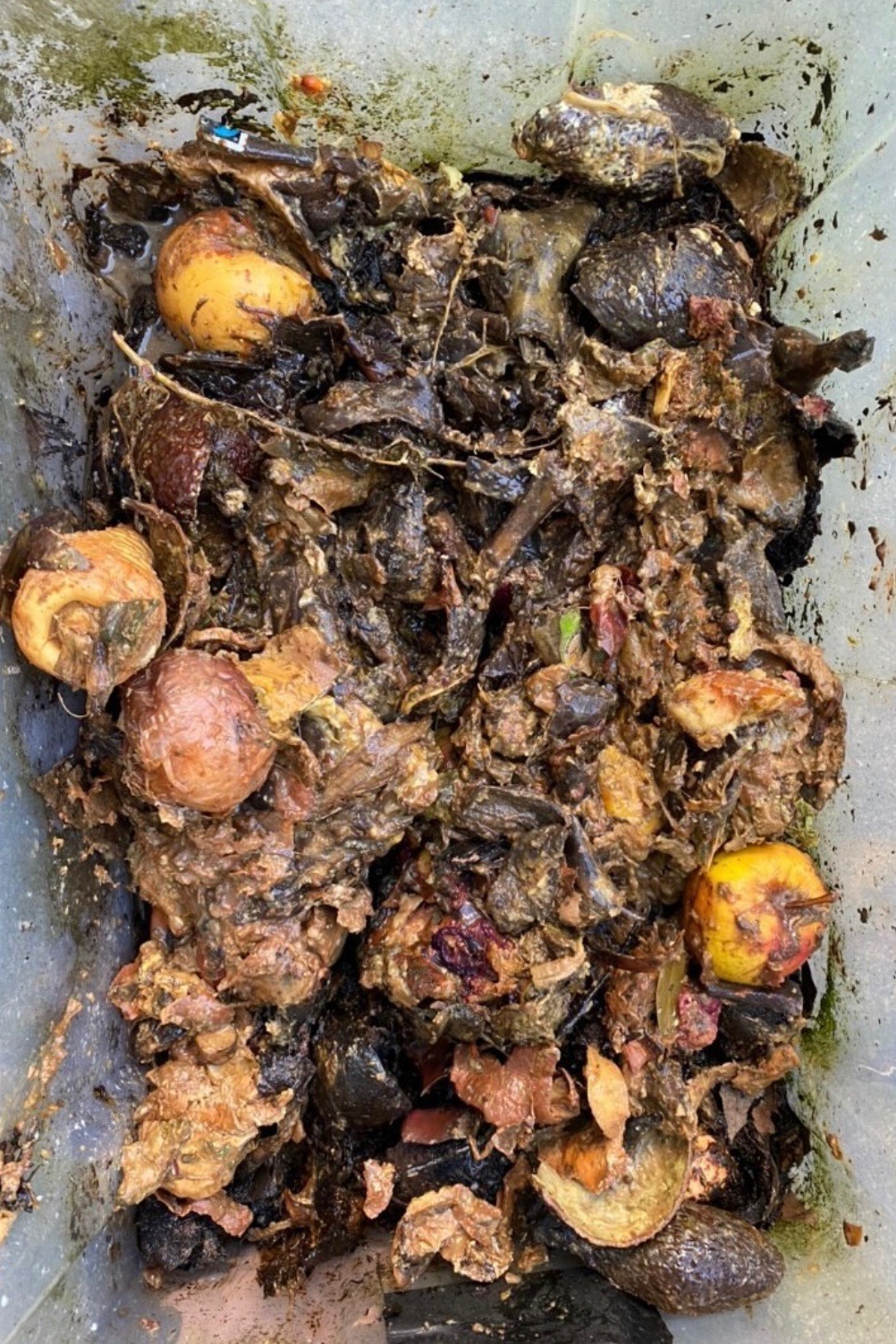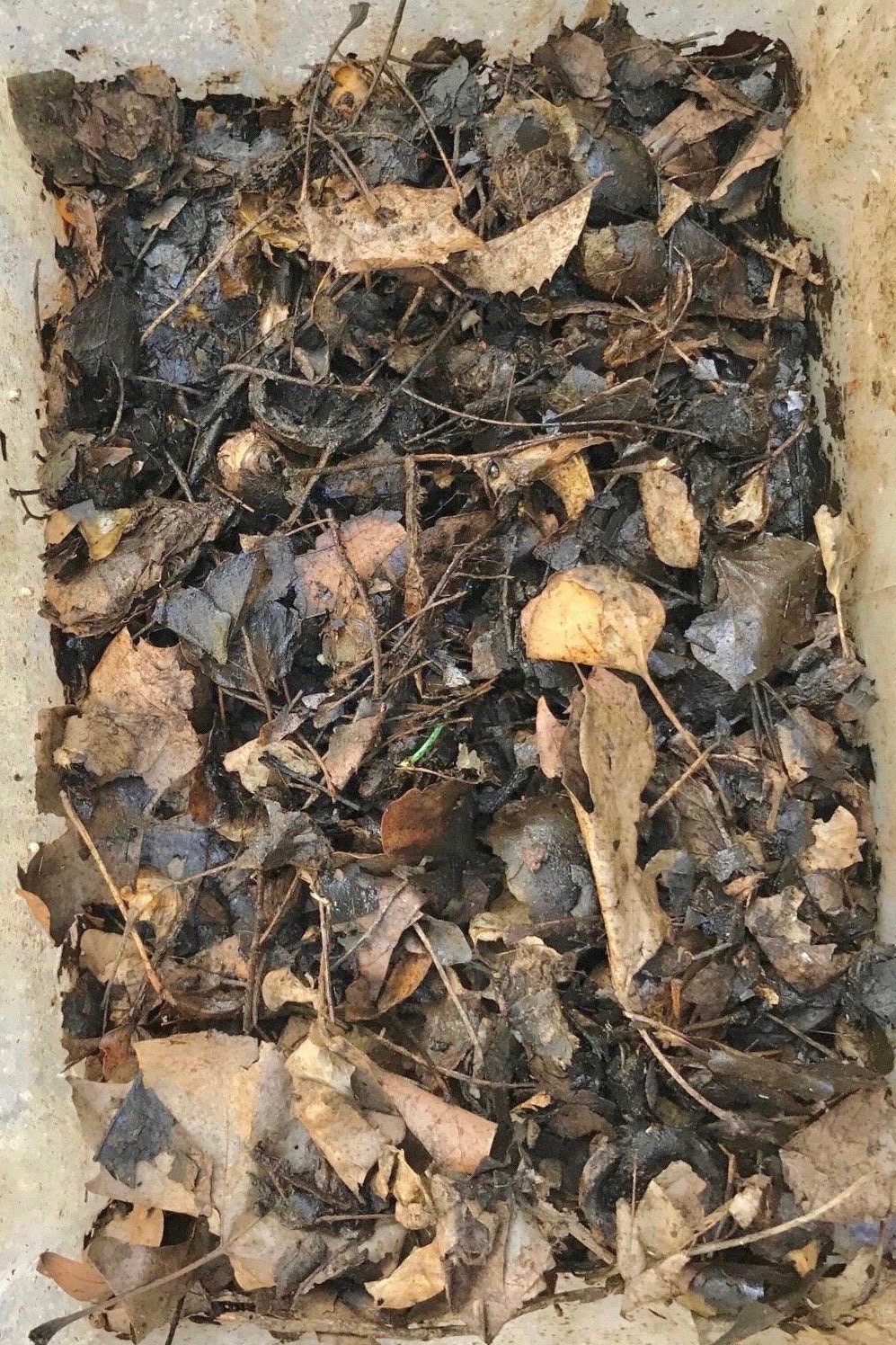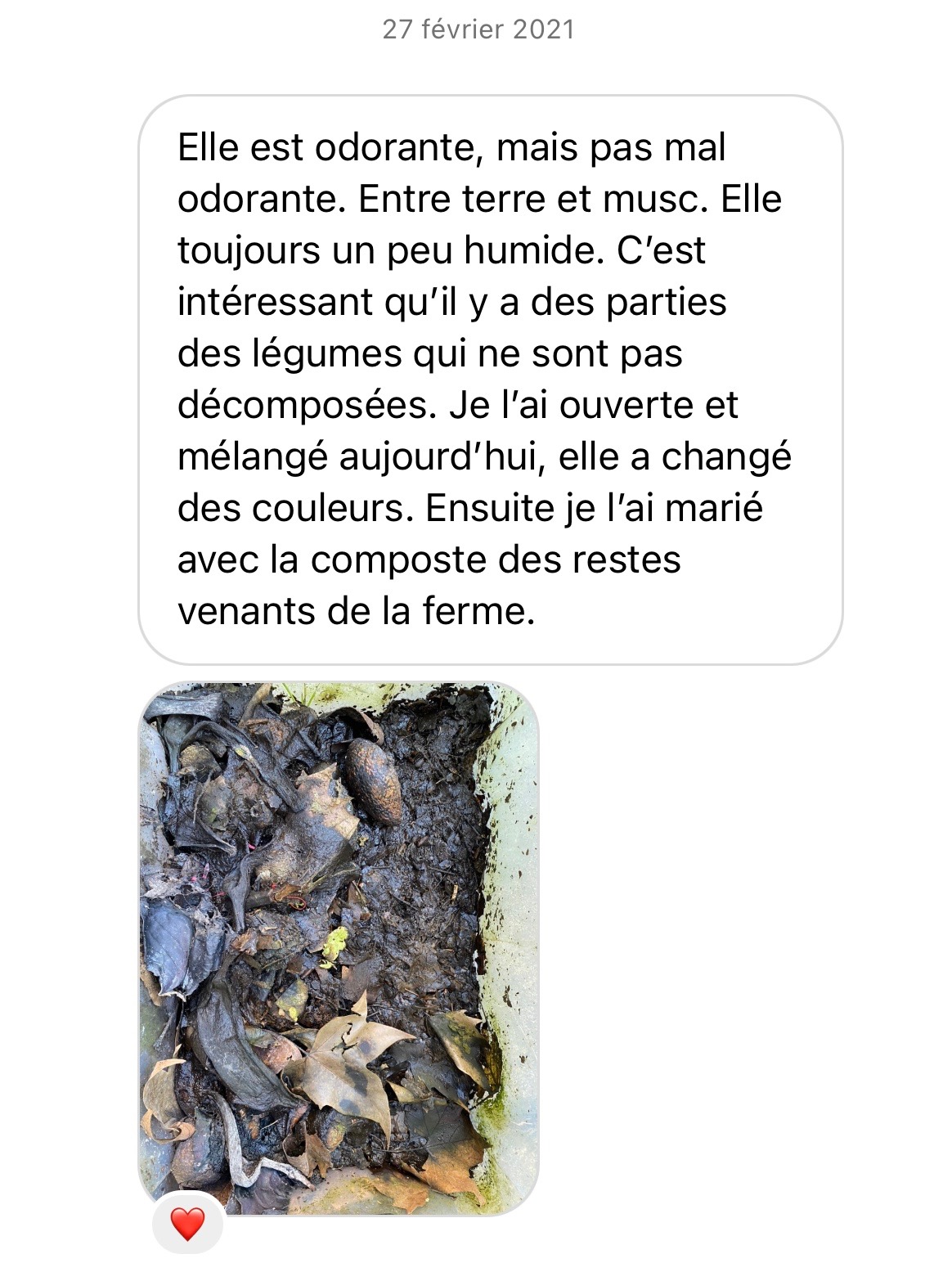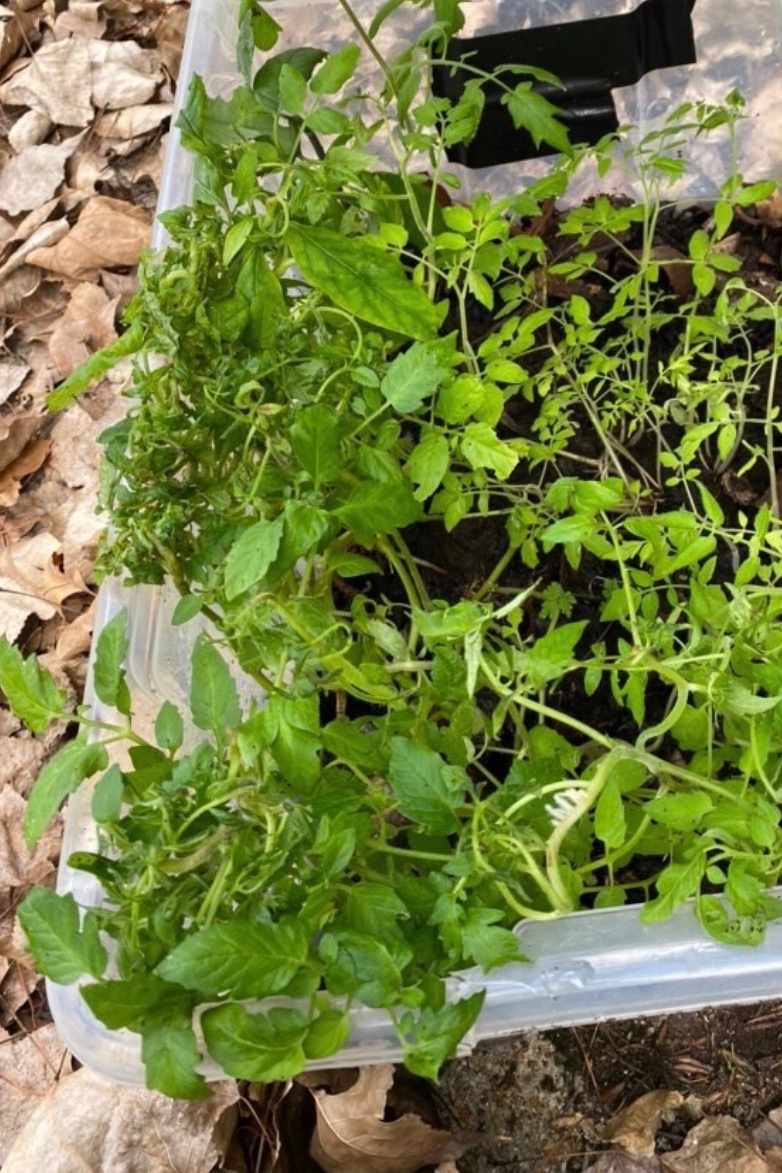
Componere
Curated by Ekaterina Scherbakova
All the Best. Paris, France
November 30th, 2019
Curated by Ekaterina Scherbakova
All the Best. Paris, France
November 30th, 2019
Componere was a collective conversation activated by edible elements, rendering a parallel physical and metaphorical compost. Compenere, the Latin origin of compost, consists of the morphemes “com”, signifying “with, or together” and “ponere” which translates as “to place.” The decomposition and re-composition of terminology, through reading, examination, and conversation, imagined the group in a kindred and formative echo to that of a digestive system. In contemplation of a group as an organism or system, the participants consumed both edible and theoretical material, masticating through the discussion simultaneous to the meal. Ingestion, transformation, and translation of matter catalyzed a tangible yet allegorical composting.
A series of questions posited as embers to ignite a conversation circumnavigating the naming of the anthropocene, as popularized by Paul Crutzen, surveyed a series of predominant contemporary forces and fluctuations as a methodology to delve into terminologies such as plantanionocene [1], Jason Moore’s capitalocene [2], and Donna Haraway’s “chthulucene.” The factors at the fulcrum of this epochal transition encompass notions of scale and acceleration, acknowledging significant shifts that characterize the post-agricultural and industrial revolution as a post-Holocene era. As Haraway reflects, “the constant question when considering systemic phenomena has to be, when do changes in degree become changes in kind, and what are the effects of bioculturally, biotechnically, biopolitically, historically situated people (not Man) relative to, and combined with, the effects of other species assemblages and other biotic/abiotic forces?”[3]
Componere was composed of three courses, each paired with a topic; the first constituting of a melange of dishes that facilitated introductory interactions through a series of questions that aimed to kindle physical and conversational appetites. This course was the only static course, complacent in the sense that the remainder of the dishes’ comestibility was contingent upon either activation or construction. The second course was composed of the edible lexicon, in which select terminology was introduced in ingestable form, each participant receiving a piece of rice paper upon which a definition had been inscribed implementing an ink derived from beets. The definitions encompassed a multitude of modalities of relating, such as biotic and abiotic, mutualism and commensalism, as well as various nomenclatures for the period, including the aforementioned, as well as the first noted definition of ecology, as coined by Eugenius Warming in 1905.
In conjunction with the assembling of the rice paper roll, definitions were read aloud to the group seated in circular form on the floor of the exhibition space. At the center of the circle laid an installation of the ingredients with which to fill the rolls alongside a bowl of water. Upon the submersion of the edible lexicon in water, to induce malleability of the rice paper, the definition was erased as a symbolic gesture of unlearning, subsequently sculpting space for collective re-definition and opening the rolls to be filled. The artifact of this course was a large bowl of rose-tinted water, a liquid amalgamation of the erased definitions.
The third course consisted of a collectively constructed dish, initiated by each participant receiving a base upon which to arrange subsequent ingredients upon. A vast array of ingredients including spreads, sauces, herbs, pickled and fermented elements, were placed around the circle, with a different one at each seat. As the edible bread-inspired base was passed through the circular assembly, an edible element was added in correlation to the sharing aloud their partner’s answer from the opening act of the performance. Upon the plate rotating through the entire circle and simultaneously encountering each ingredient, it returned to its original setting with a collectively constructed dish.
The vessel passed at the end of each course of Componere gathered myriad organic remnants to commence a compost that has since been housed at All The Best, serving as an entopic archive of the performance. The compost was intended to be mixed with soil to create a site to grow select ingredients for the second part of the proposal, Coalesce. Coalesce, originating from 16th century Latin, can be traced back to the two roots cum, meaning “with”, and alere, denoting “to nourish”. This term underwent a series of morphologies to arrive at the contemporary version of the word, co-alescere, indicating the phenomenon of “to grow together,” preceding coalesce. Of pertinence is the return of the root “cum” in the lineage of the word, and the root’s recurrence in the artist’s research. A return to Haraway’s dissection of the etymology of “companion,” prompts contemplation of the relevance of “with” in the title of her book “Staying With the Trouble.” The significance of “with” is elucidated by the presence of companion, iterating the influence of togetherness in both Tsing’s arts of noticing, and Haraway’s response-ability. The temporal trajectory of both Componere and Coalesce are subject to a timeline extraneous to that of the artist, the relinquishment of a hand to that of biological phenomenon subscribes it to laws inherent to decomposition. The duration of the piece dwells in contingency upon natural processes, fluctuating in correlation to adventitious elements such as temperature and humidity.
[1] The term plantationocene was first recorded in 2014 during a conversation at University of Aarhus between Nils Bubandt, Donna Haraway, Scott Gilbert, Noboru Ishikawa, Kenneth Olwig, and Anna Tsing. The term was proposed as a means to encapsulate the devastation imposed by extractive forms of human organized cultivation and plantation systems, characterized by exploitation, alienation, and spatially transported labor.
[2] “The ‘age of capital’ – the historical era shaped by the endless accumulation of capital” as expounded upon by Moore in The Capitalocene, Part I: on the nature and origins of our ecological crisis (2017).
[3] Haraway, Donna. Anthropocene, Capitalocene, Plantationocene, Chthulucene: Making Kin. Environmental Humanities (2015). Duke Univerity Press.
A series of questions posited as embers to ignite a conversation circumnavigating the naming of the anthropocene, as popularized by Paul Crutzen, surveyed a series of predominant contemporary forces and fluctuations as a methodology to delve into terminologies such as plantanionocene [1], Jason Moore’s capitalocene [2], and Donna Haraway’s “chthulucene.” The factors at the fulcrum of this epochal transition encompass notions of scale and acceleration, acknowledging significant shifts that characterize the post-agricultural and industrial revolution as a post-Holocene era. As Haraway reflects, “the constant question when considering systemic phenomena has to be, when do changes in degree become changes in kind, and what are the effects of bioculturally, biotechnically, biopolitically, historically situated people (not Man) relative to, and combined with, the effects of other species assemblages and other biotic/abiotic forces?”[3]
Componere was composed of three courses, each paired with a topic; the first constituting of a melange of dishes that facilitated introductory interactions through a series of questions that aimed to kindle physical and conversational appetites. This course was the only static course, complacent in the sense that the remainder of the dishes’ comestibility was contingent upon either activation or construction. The second course was composed of the edible lexicon, in which select terminology was introduced in ingestable form, each participant receiving a piece of rice paper upon which a definition had been inscribed implementing an ink derived from beets. The definitions encompassed a multitude of modalities of relating, such as biotic and abiotic, mutualism and commensalism, as well as various nomenclatures for the period, including the aforementioned, as well as the first noted definition of ecology, as coined by Eugenius Warming in 1905.
In conjunction with the assembling of the rice paper roll, definitions were read aloud to the group seated in circular form on the floor of the exhibition space. At the center of the circle laid an installation of the ingredients with which to fill the rolls alongside a bowl of water. Upon the submersion of the edible lexicon in water, to induce malleability of the rice paper, the definition was erased as a symbolic gesture of unlearning, subsequently sculpting space for collective re-definition and opening the rolls to be filled. The artifact of this course was a large bowl of rose-tinted water, a liquid amalgamation of the erased definitions.
The third course consisted of a collectively constructed dish, initiated by each participant receiving a base upon which to arrange subsequent ingredients upon. A vast array of ingredients including spreads, sauces, herbs, pickled and fermented elements, were placed around the circle, with a different one at each seat. As the edible bread-inspired base was passed through the circular assembly, an edible element was added in correlation to the sharing aloud their partner’s answer from the opening act of the performance. Upon the plate rotating through the entire circle and simultaneously encountering each ingredient, it returned to its original setting with a collectively constructed dish.
The vessel passed at the end of each course of Componere gathered myriad organic remnants to commence a compost that has since been housed at All The Best, serving as an entopic archive of the performance. The compost was intended to be mixed with soil to create a site to grow select ingredients for the second part of the proposal, Coalesce. Coalesce, originating from 16th century Latin, can be traced back to the two roots cum, meaning “with”, and alere, denoting “to nourish”. This term underwent a series of morphologies to arrive at the contemporary version of the word, co-alescere, indicating the phenomenon of “to grow together,” preceding coalesce. Of pertinence is the return of the root “cum” in the lineage of the word, and the root’s recurrence in the artist’s research. A return to Haraway’s dissection of the etymology of “companion,” prompts contemplation of the relevance of “with” in the title of her book “Staying With the Trouble.” The significance of “with” is elucidated by the presence of companion, iterating the influence of togetherness in both Tsing’s arts of noticing, and Haraway’s response-ability. The temporal trajectory of both Componere and Coalesce are subject to a timeline extraneous to that of the artist, the relinquishment of a hand to that of biological phenomenon subscribes it to laws inherent to decomposition. The duration of the piece dwells in contingency upon natural processes, fluctuating in correlation to adventitious elements such as temperature and humidity.
[1] The term plantationocene was first recorded in 2014 during a conversation at University of Aarhus between Nils Bubandt, Donna Haraway, Scott Gilbert, Noboru Ishikawa, Kenneth Olwig, and Anna Tsing. The term was proposed as a means to encapsulate the devastation imposed by extractive forms of human organized cultivation and plantation systems, characterized by exploitation, alienation, and spatially transported labor.
[2] “The ‘age of capital’ – the historical era shaped by the endless accumulation of capital” as expounded upon by Moore in The Capitalocene, Part I: on the nature and origins of our ecological crisis (2017).
[3] Haraway, Donna. Anthropocene, Capitalocene, Plantationocene, Chthulucene: Making Kin. Environmental Humanities (2015). Duke Univerity Press.
THE SECOND COURSE CONSISTED OF THE EDIBLE LEXICON, IN WHICH SELECT TERMINOLOGY EXPLORING VARIOUS SYMBIOTIC RELATIONSHIPS, WAS INTRODUCED IN INGESTIBLE FORM. EACH PARTICIPANT RECEIVED A PIECE OF RICE PAPER UPON WHICH A TERM AND ITS DEFINITION, SUCH AS MUTUALISM OR COMMENSALISM, HAD BEEN INSCRIBED IMPLEMENTING INK DERIVED FROM BEETS.
+![]()







